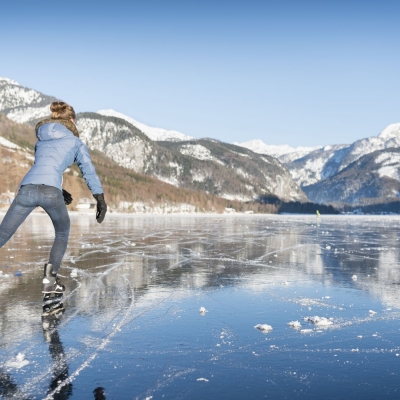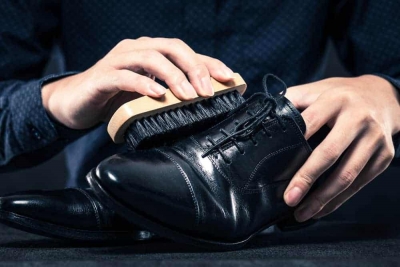
The skater glides on a thin film of water that acts as a lubricant- enabling her to glide smoothly at high speed. Pressure on any body generates heat. This heat, in turn, raises the temperature at the point of pressure. The frozen mass melts at that point. Pressure is generated by the ice skates due to the skaters weight, creating a thin film of water between the ice and the skates. The ice refreezes as soon as the skater has passed. So, in reality, it is the frictionless surface of water that makes skating so effortless.
What you need:
A thin strip of wood that is about 34 cm wide, a little more than a centimeter thick and about 60 cm long; a length of thin copper wire; a large cube of ice; a big plastic bottle; and two chairs.
What you do :
- Place the wooden strip across the back of two chairs.
- Make a loop measuring about 30 cm in diameter from the copper wire.
- Pass the loop over the middle of wooden strip.
- Now place the ice cube on the strip so that the loop (see illustration), so that it hangs down.
- The weight of bottle pulls down on the loop , applying great pressure to the ice cube.
- Gradually the loop cuts its way through to the bottom of the cube.
What happens:• The cube does not split into two because the ice refreezes behind the wire when the pressure is off.
• This is also why the ice does not crack after the skater has gone over it.
Unlike other liquids, water doesn't contract when it cools. It expands! However, water contracts like other liquids when cooled up to 40 C, but if it is cooled below this temperature it starts expanding! This is why water pipes in cold places burst in winter.
Solid water or ice is less dense than liquid water and hence it floats. When water freezes in lakes and ponds, it freezes only at the surface. Below the layer of ice, the water remains in its liquid form, enabling fish and other creatures to survive.
Picture Credit : Google

